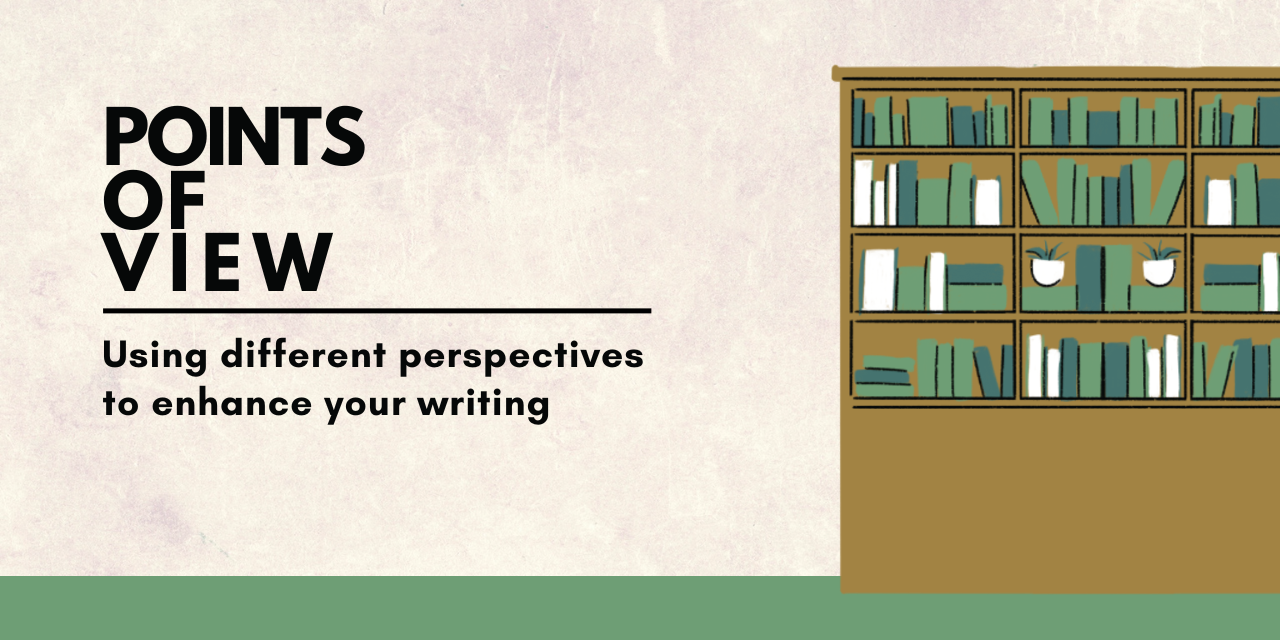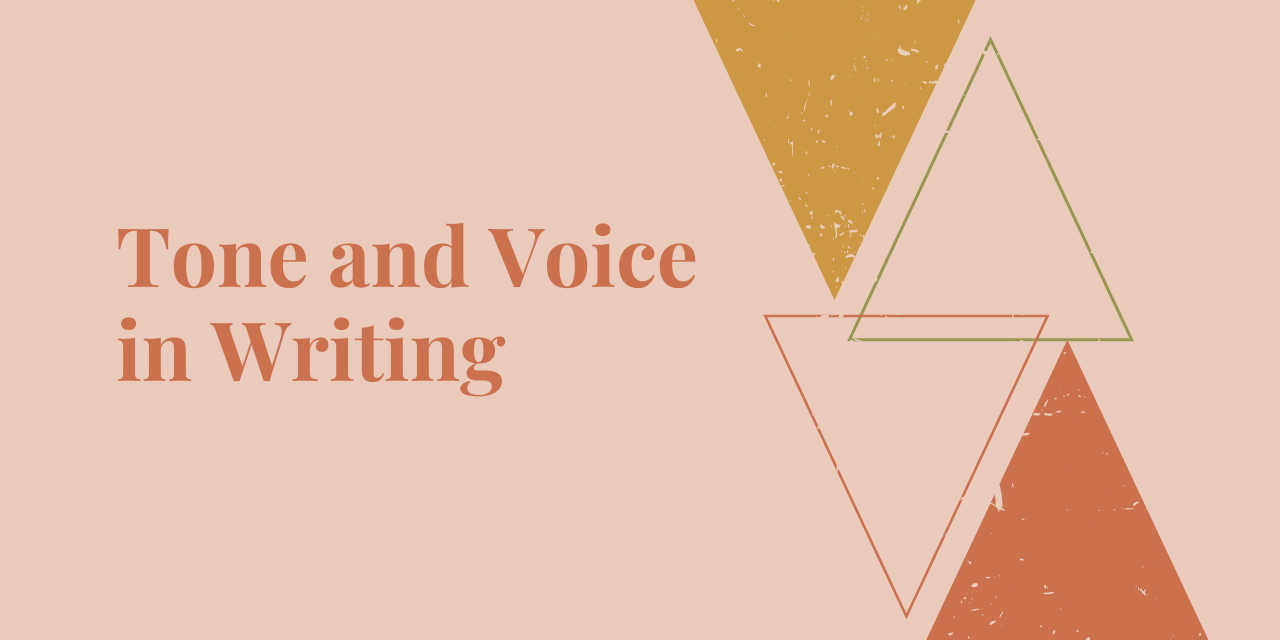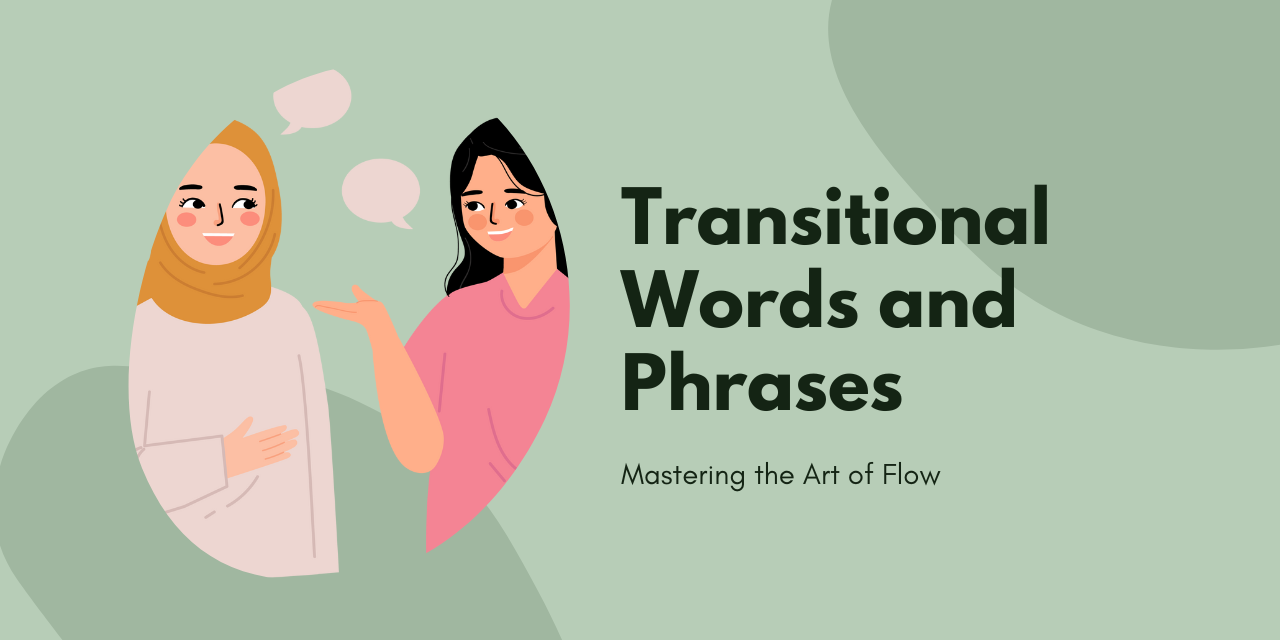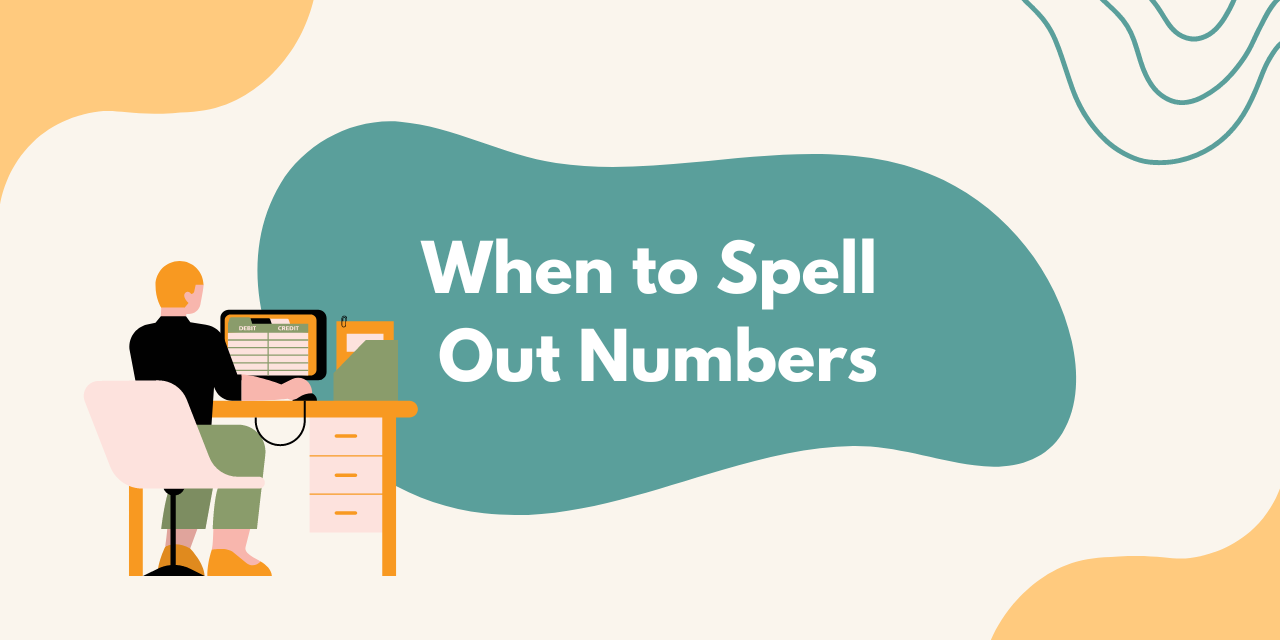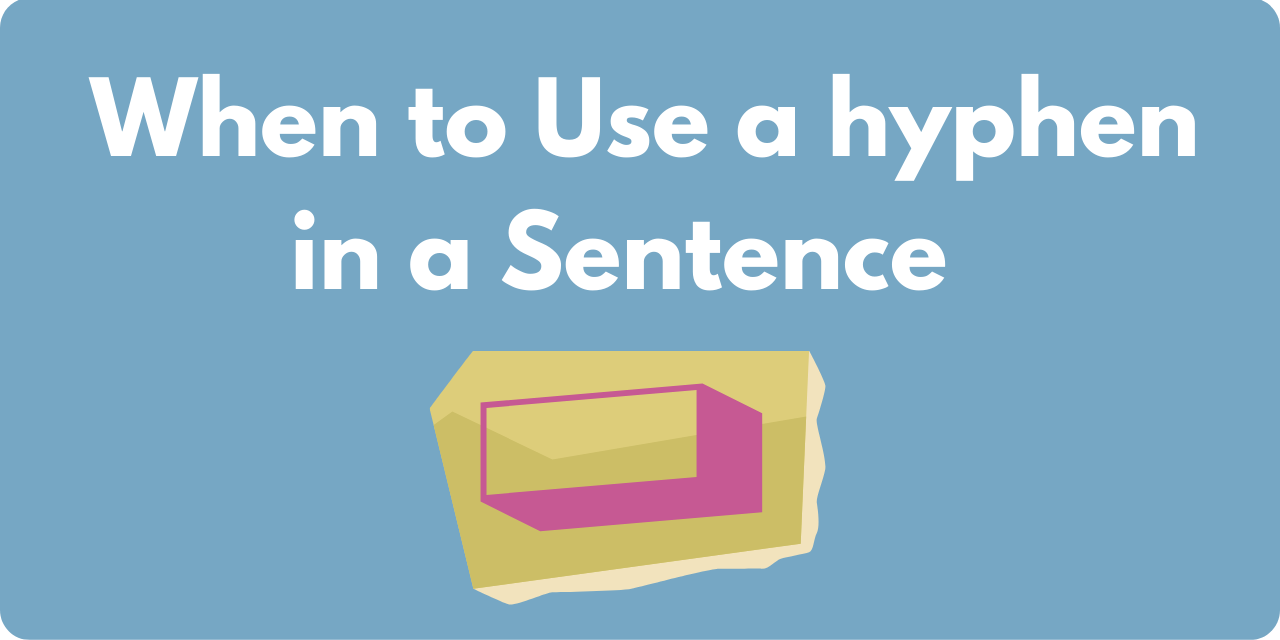Over the 10+ years of writing this business writing blog, I’ve been consistent about virtually all my style, punctuation, and grammar choices. But there’s one comma rule I’ve flip-flopped on:
my husband Michael
my husband, Michael,
I have just one husband. His name is Michael. In a sentence should I surround his name with commas–or not?
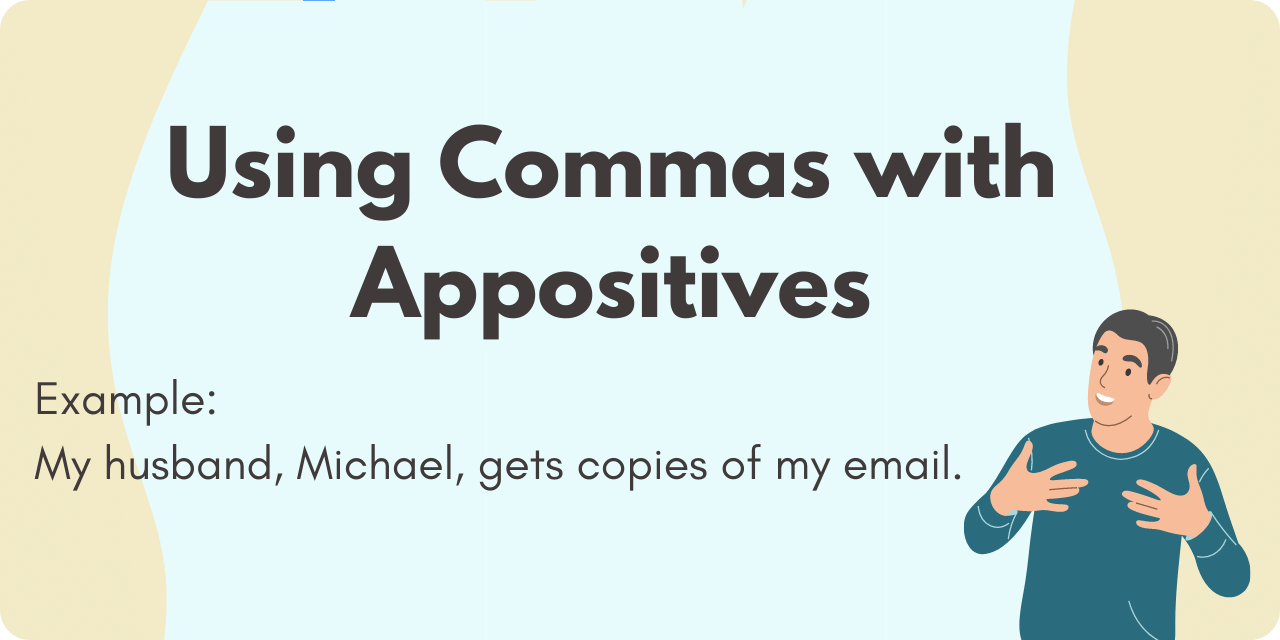
Examples from past blog posts:
“Rather than post to my blog, my husband Michael commented to me face to face.” July 29, 2005
“The same is true for my husband, Michael, who is often addressed as Mike.” October 13, 2008
“My husband Michael gets copies of my email.” August 30, 2010
“My husband, Michael, is planning to participate in an event on Saturday.” January 28, 2015
What’s my problem? It’s that I have waffled about which style guide to follow when it comes to the rule on commas setting off nonessential information.
These guides recommend the consistent use of commas around a husband or wife’s name when it is used in apposition:
The Chicago Manual of Style states: “A word, abbreviation, phrase, or clause that is in apposition to a noun (i.e., provides an explanatory equivalent) is normally set off by commas if it is nonrestrictive–that is, if it can be omitted without obscuring the identity of the noun to which it refers.”
Chicago’s example: “Ursula’s husband, Jan, is also a writer.”
The Associated Press Stylebook 2015 advises, “Set off nonessential phrases by commas.”
AP’s example: “They ate dinner with their daughter Julie and her husband, David. (Julie has only one husband. If the phrase read and her husband David, it would suggest that she had more than one husband.)”
New Oxford Style Manual suggests, “Use commas to mark off a non-defining or non-restrictive word, phrase, or clause which comments on the main clause or supplies additional information about it.”
NOSM’s example: “I met my wife, Dorothy, at a dance.”
It’s The Gregg Reference Manual, a style guide I like a lot for its flexibility, that led me in the opposite direction.
Gregg states: “A number of expressions are treated as essential simply because of a very close relationship with the preceding words. (If read aloud, the combined phrase sounds like one unit, without any intervening pause.)”
Gregg’s example: “My wife Eve has begun her own consulting business.” Gregg adds: “Strictly speaking, Eve should be set off by commas, since the name is not needed to indicate which wife. However, commas are omitted in expressions like these because they are read as a unit.”
Garner’s Modern English Usage also describes a flexible approach:
“Generally, a pair of commas (or, less frequently, parentheses or dashes) must frame an appositive unless the appositive is restrictive. . . . This is not a hard-and-fast rule, and many publications choose to ignore commas with a name as a short appositive of relationship, for two reasons. The first is stylistic: the written comma <my husband, Bob> does not reflect any audible pause in the spoken sentence <“my husband Bob”>. The second is practical: enforcing the rule would require finding out how many brothers the subject has before deciding between his brother Blair or his brother, Blair, and that can be a lot of effort for a small payoff.”
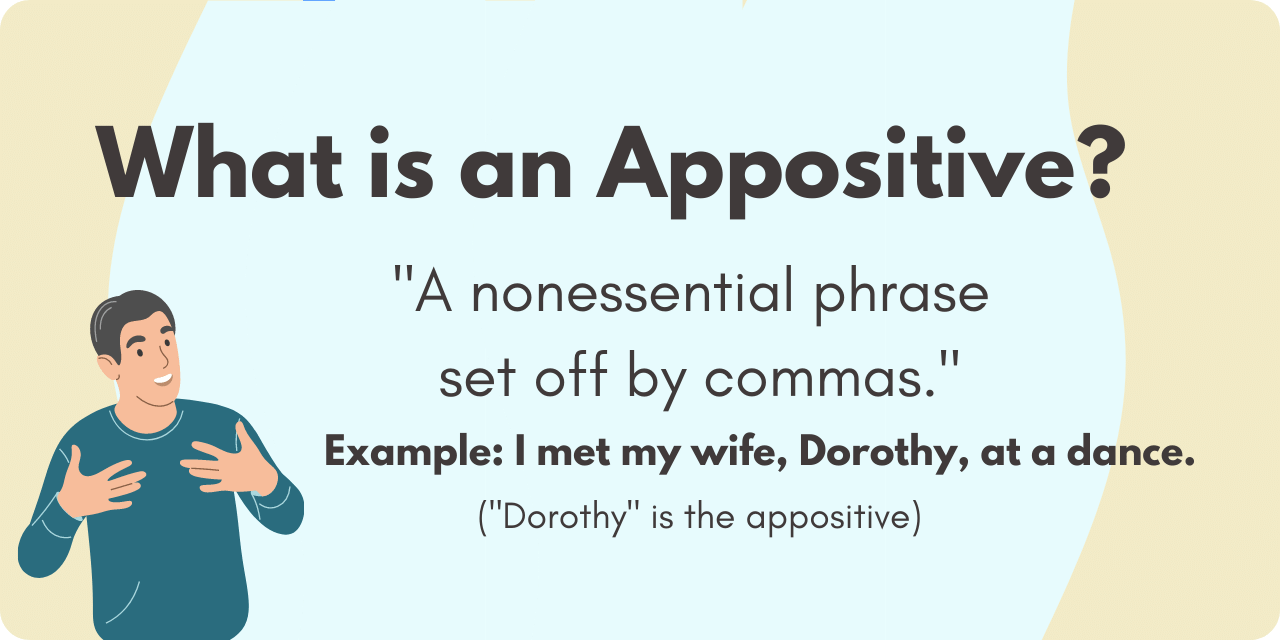
I like the clean look of “my husband Michael.” Yet sometimes, “my husband, Michael,” seems to flow better in a sentence. And I know that many readers, followers of AP and Chicago, wonder why I am not using the commas. So I have waffled.
But since I have been married nearly 20 years to my husband, Michael, I guess I should commit. I’ll use the commas from now on.
Are you committed to those commas?
Would you like to gain skills and confidence in your use of commas and other punctuation? Take my online self-study course Punctuation for Professionals. You can check it out in a free trial.

